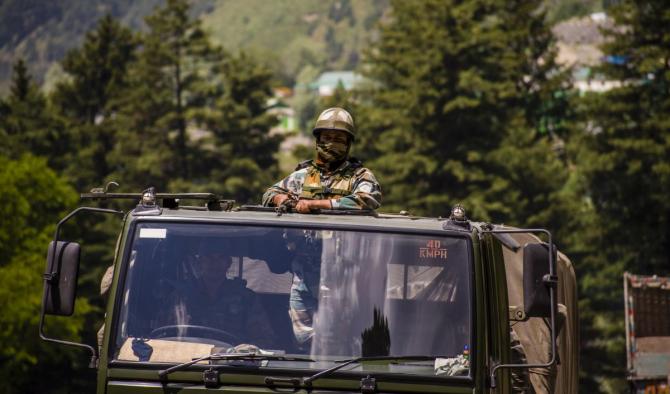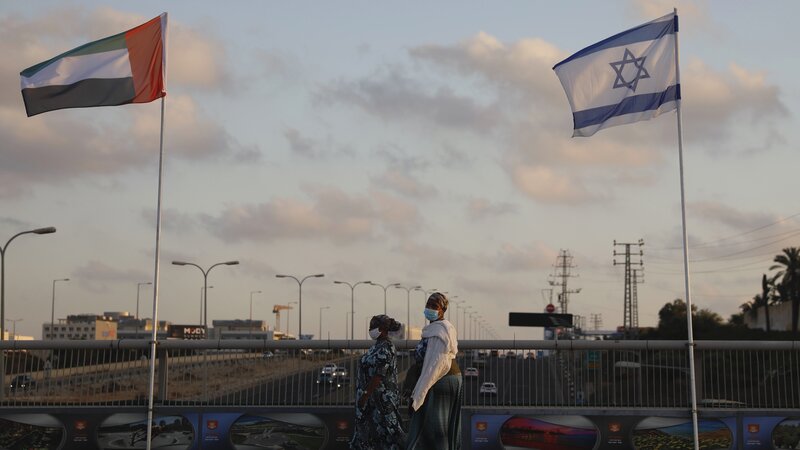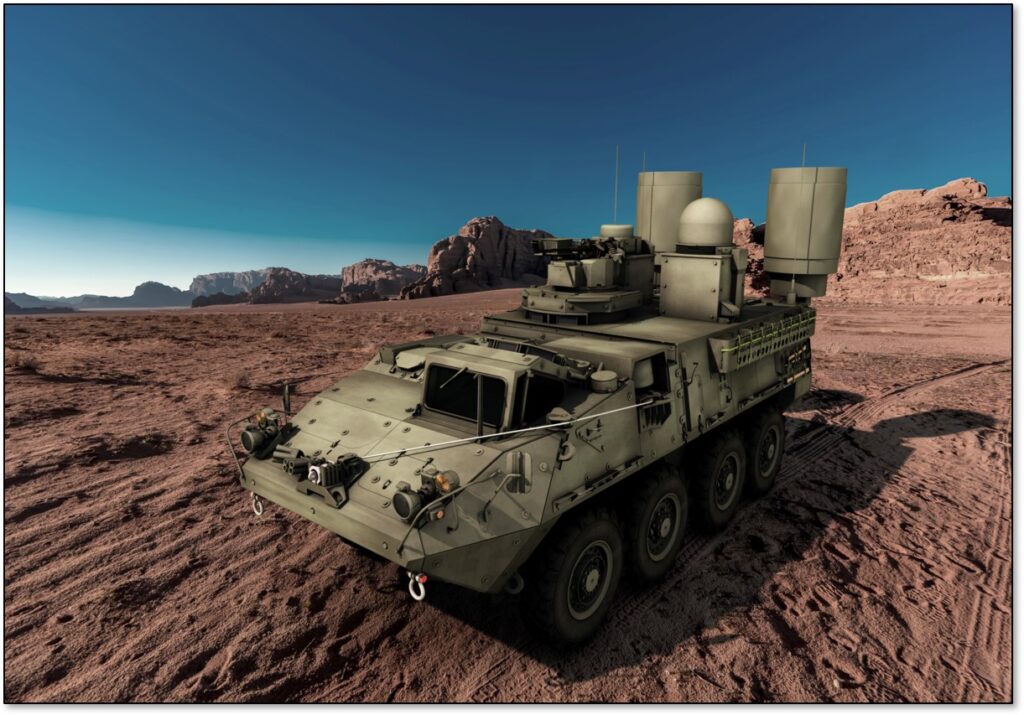By ARCHANA MASIH
 'Our biggest advantage is that the troops are much better trained and motivated than the Chinese and can improvise and manage with a part of the resources.'
'Our biggest advantage is that the troops are much better trained and motivated than the Chinese and can improvise and manage with a part of the resources.'
"During meetings, they come with a prepared script and refuse to accept any change," says Major General M Vinaya Chandran (retd) who has negotiated the border issue with his Chinese counterparts as a commander at the Line of Actual Control.
General Chandran served the Indian Army for 36 years and retired as the senior instructor at the prestigious National Defence College in New Delhi which provides future decision-makers the necessary skills and background for filling senior positions in national security and associated fields.
The scholar-soldier is pursuing a PhD after his retirement from the army last year. In an interview with Rediff.com's Archana Masih, General Chandran says in the current situation, both India and China will continue to hold whatever positions they are holding and over a period of time it will become the new normal.















